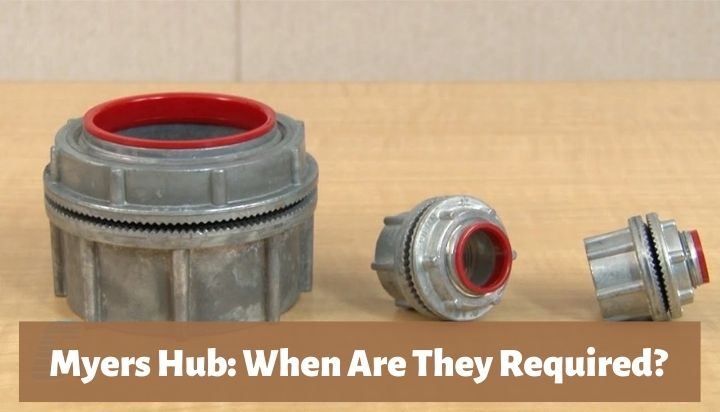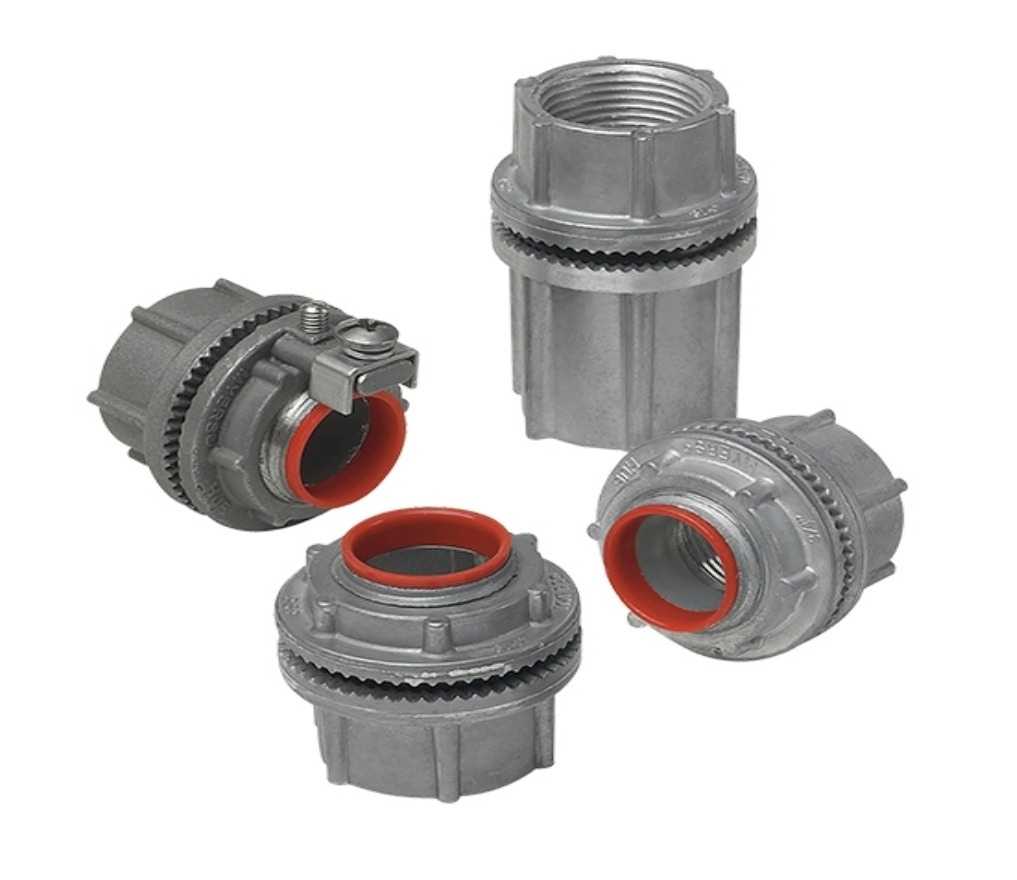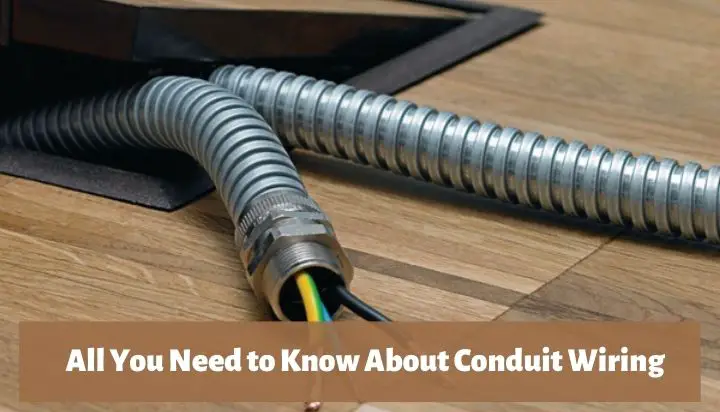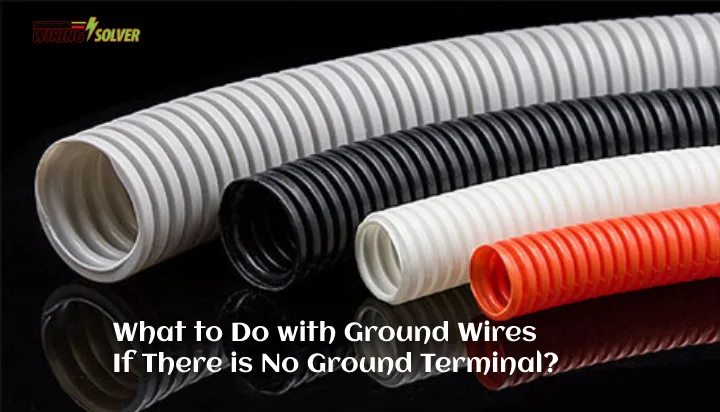The fittings business makes extensive use of Myers Hub. With this product, you may seal up any unneeded knockouts or entryways in your enclosure from the elements. But, when is Myers hub required?
Myers Hub is used to terminate the electrical circuits through the wall of the enclosure. It is intended for use indoors, with strict behavior, and IMC.
Throughout this article, I will discuss when a Myers hub is utilized in addition to the features and applications of Myers Hub.

What Are the Applications of a Myers Hub?
The Myers Hub is used for terminating the electrical circuits through the wall of the enclosure. The question can arise what do you use a Myers hub for? And when is Myers hub required?

What are Myers Hubs? Myers Hub is utilized to terminate electrical circuits through enclosure walls. It’s intended for use indoors and has IMC and strict behavior.
Where are the implementations of a Myers Hub?
Myers Hub has many implementations in the chemical, medical, food manufacturing, nuclear, solar, and construction management industries. Myers is the unrivaled industry leader in terms of selection, capability, and dependability, even though competitors have attempted to imitate it.
In addition to being the most well-known hub brand on the market, Myers provides larger stainless hub trade sizes, aluminum hubs, ATEX-approved hubs, cap-offs, and drains, among other products!
A question that should come to everyone’s mind. Why is it called a Myers Hub? This is named after the company’s name called Myers.
What Are the Features of a Myers Hub?
Myers hubs are quick and simple to install and provide a secure termination for electrical conduits terminated through the wall of an enclosure.
Myers hubs are the broadest, most comprehensive offering for terminating Rigid/IMC to a box or enclosures, and are offered in a broad range of styles, trade sizes, and materials to suit your preferences.
They are also available with a variety of North American and international certifications to offer users peace of mind. The features of Myers Hub come in a variety of ranges. They are listed below:
- It includes a variety of designs, sizes, and materials to suit the demands and preferences of the consumer.
- The installation procedure is straightforward, which reduces the need for manpower.
- NPSM threats, tapered female threads for rigid conduit
- Posi-Lok insulated neck is available in standard diameters from 1/2″ to 4″ and cannot be removed.
- The captive O-ring gasket ensures successful water and dust-tight installations and is resistant to corrosive moisture and petroleum compounds.
- Strong, extra-large nut with radial serrations resists vibration for positive grounding and flush installation.
Are Myers Hubs Rated for Bonding?
Myers Hub does not have a bonding jumper. As a result, it’s not rated for bonding. This is considered a Myers Hub Problem.
Myers Hubs with a nut but no bonding screw are generating issues for installers. These HUBs are referred to as “Conduit Fittings,” because they are not certified for grounding and bonding in most situations.
The bonding screw is the only distinction between the two hubs. Many electricians fail to recognize that hubs are only designed to be used with threaded conduits, such as rigid metal conduit (RMC) or intermediate metal conduit (IMC) (IMC).
There are several materials and finishes used in Myers Hub that aid in the safety and security of the conduit and the conductors. They are listed below:
Materials used in Myers Hub:
- Body: zinc (Zamek-2, Zamek-3), aluminum (Al 360), stainless (316)
- Insulin: Lexan, PEEK GF15 (SSTGK only)
- Ground screw: Steel/stainless steel
- O-Ring: Viton; silicone (SSTGK only)
- Nut: zinc (Zamek-2, Zamek-3), aluminum (Al 360),
Finishes used in Myers Hub:
- Zinc: Natural
- Aluminum: Natural
- Stainless: Natural
Challenges Regarding Conduits and Hubs and Residential Wiring
Connecting to hubs using a material other than rigid metal conduit or IMC raises two challenges that must be resolved. The first problem relates to connections in a moist environment.
To comprehend this problem, it is necessary to first comprehend the function of a hub in an electrical system. A hub is a sort of equipment that serves as an interface between a conduit system and an enclosure to provide safety.
And the second issue relates to correct grounding channels; even though these seem to be different concerns, they are interconnected. Multiple varieties of metal and plastic conduits are used for home wiring, before home wiring you need to know about conduit wiring.
Electrical Metallic Conduit (EMT) is one of the most commonly used conduits in electrical systems. An electrical metallic conduit is a robust, thin-walled metal conduit that is commonly fabricated from galvanized steel.
Summary
In this article, I discussed the use and application of a Myers hub. This will help you understand when is Myers hub required. I have also discussed its typical use case in various systems.
If you believe that the situation calls for the use of a Myers Hub, do not hesitate to opt for using one. As they provide a greater amount of safety than traditional means of termination or insulation.


![Myers Hub Vs Connector! [Key Differences]](https://wiringsolver.com/wp-content/uploads/2022/11/Differences-Between-a-Myers-Hub-and-a-Connector.jpg)
![Can You Run 120v And 480v In Same Conduit? [Explained]](https://wiringsolver.com/wp-content/uploads/2022/11/Can-120V-and-480V-be-Run-in-the-Same-Conduit.jpg)


